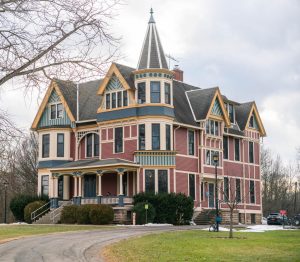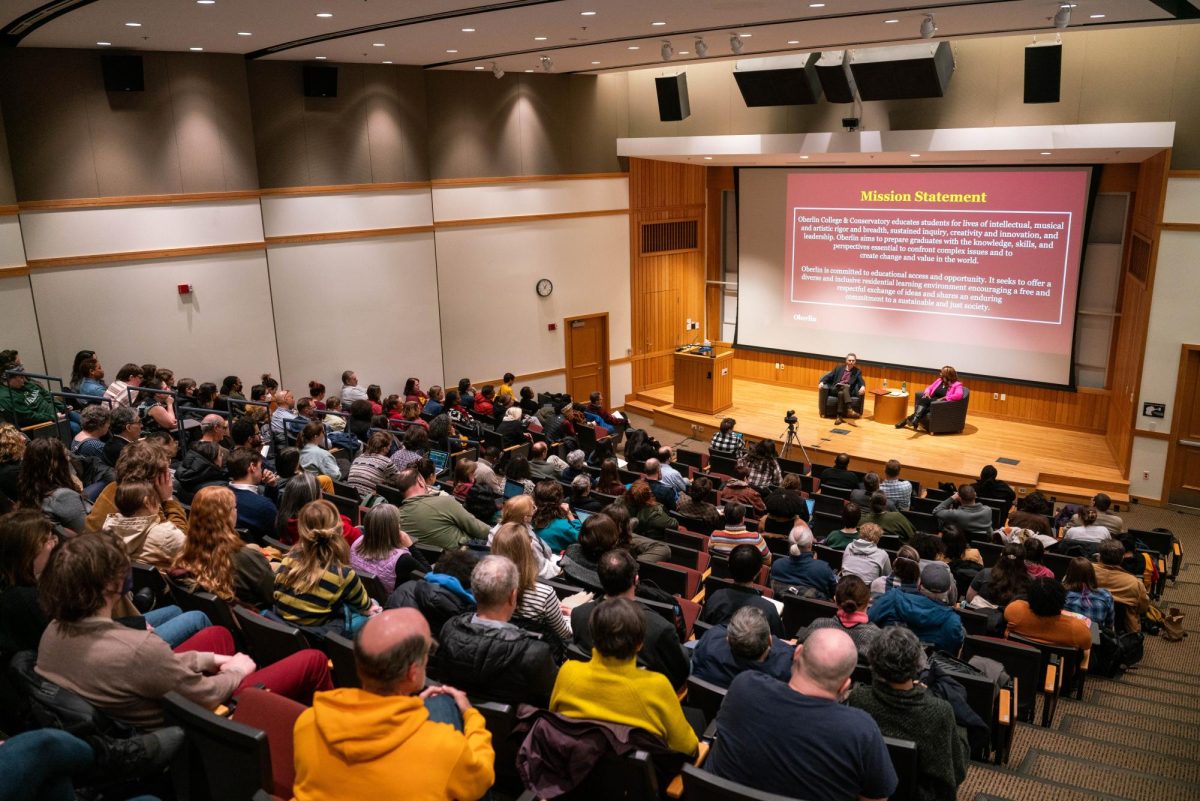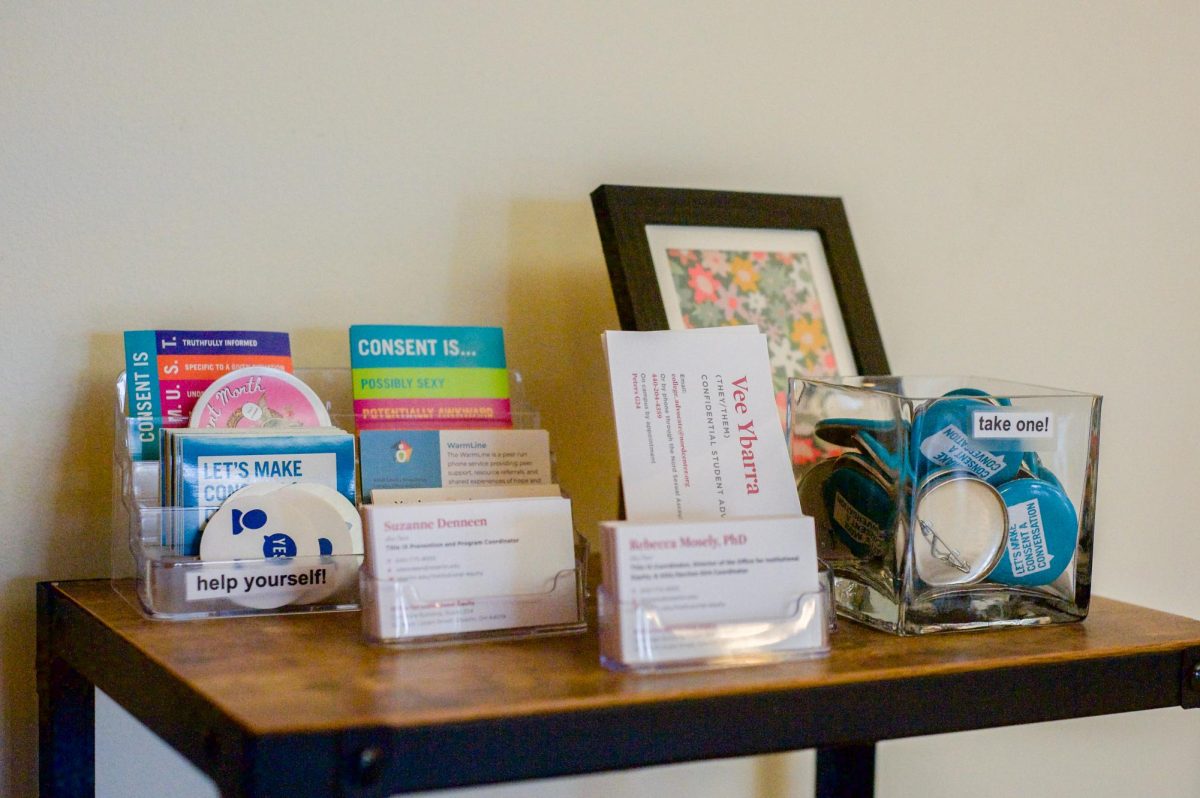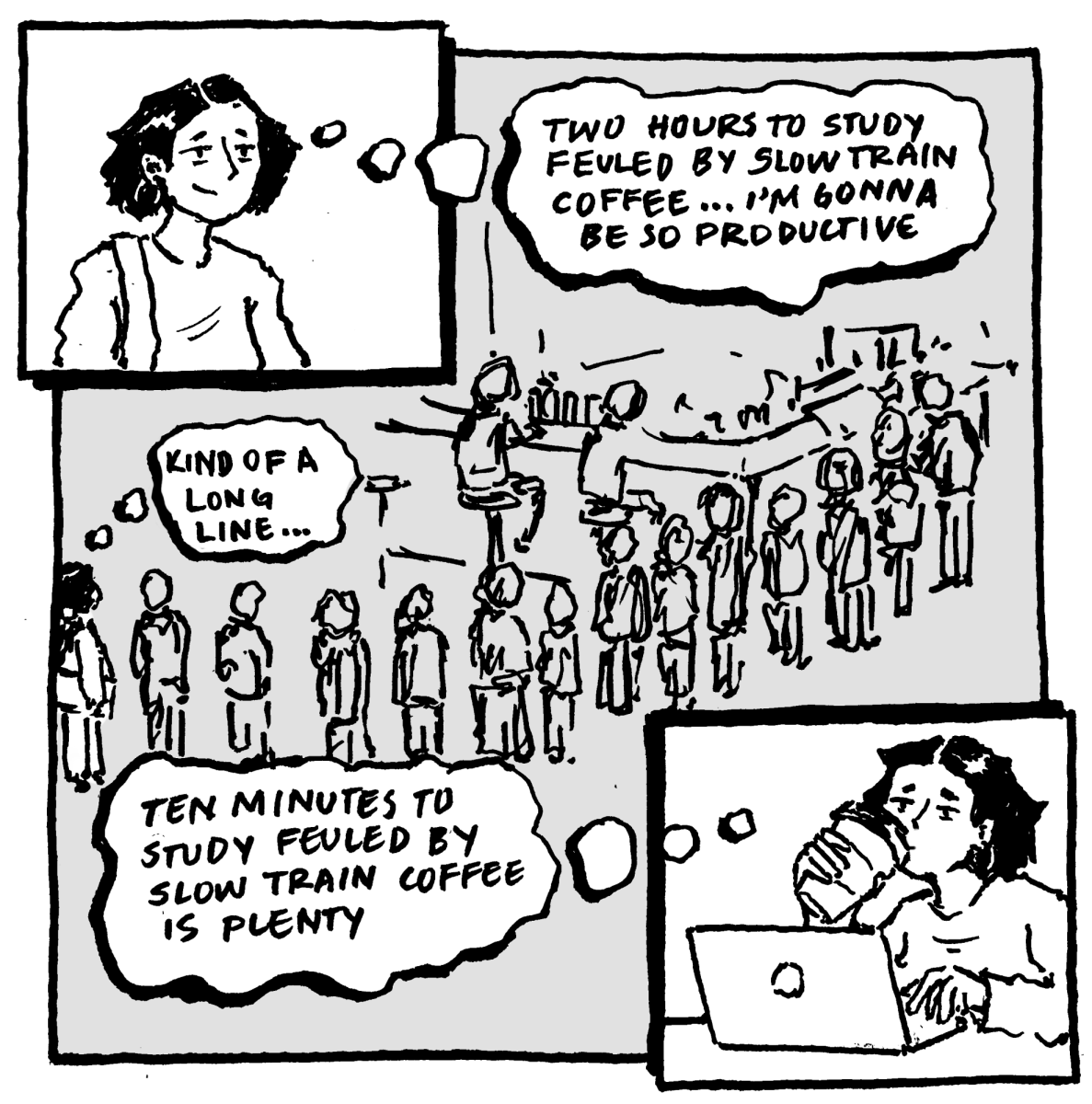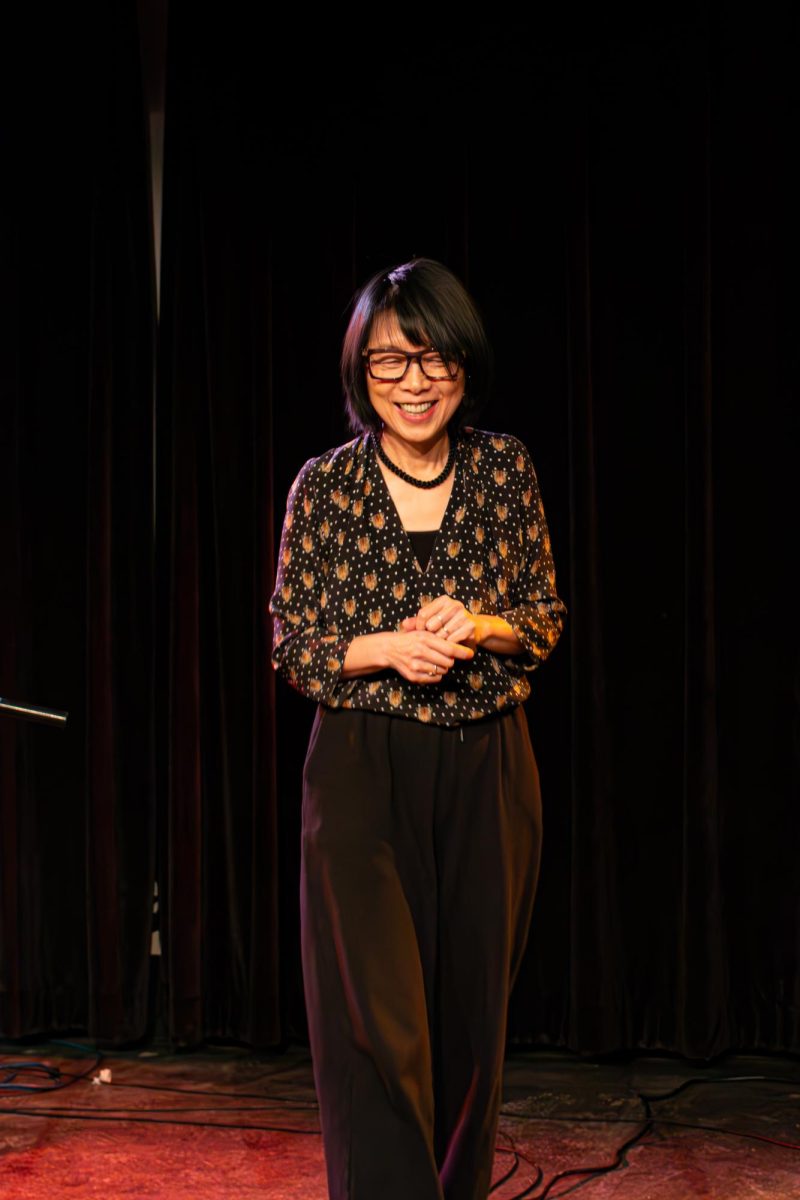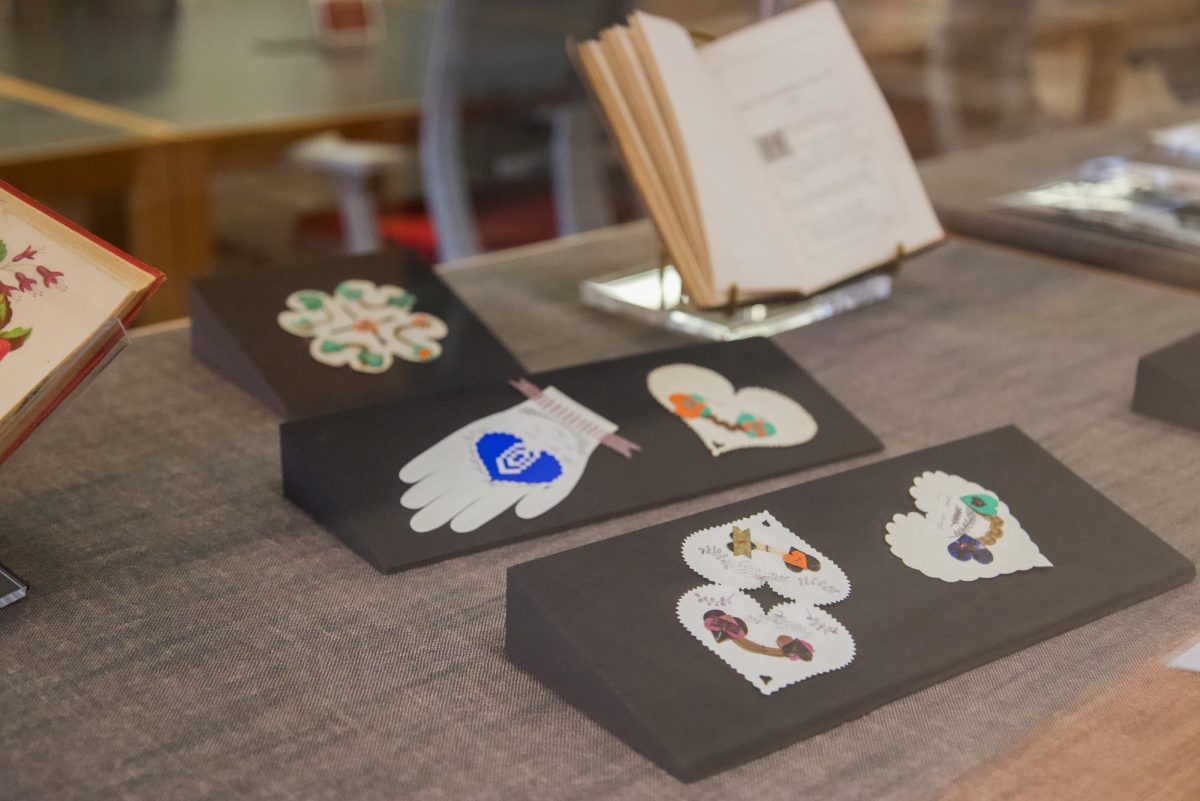OES Revamps, Broadens Goals
November 9, 2012
The Office of Environmental Sustainability recently certified over 100 rooms as part of the Green Room Program, one of several new and revamped programs with the goal of getting more students involved in environmental initiatives.
The GRP is set up online with a list of 45 commitments. Students check off actions they commit to taking in order to get certified with a minimum of 25 commitments. These commitments cover a broad range of activities, from “how they live in their room to attending events or watching documentaries,” according to Sustainability Fellow Bridget Flynn. “We’re challenging people to commit to doing more.”
The system has four levels — bronze, silver, gold and platinum — ranked according to number of commitments.
For Flynn, going green is all about changing common habits and behaviors.
“Behavior change is the least expensive — and arguably most effective — way to advance sustainability,” said Flynn. “We need to get people to think of sustainability as a mindset.”
Gold-ranking College junior Anna Saltzman and her roommate, College junior Lauren Branson, are both passionate about their involvement in the program. Branson is the only student so far to achieve a perfect rating of 45 commitments.
“Sitting there, checking off the boxes, really makes you stop and think about the way you are living on a daily basis,” Saltzman said. “It changes things up a little bit and really makes you as an individual conscious about sustainability.”
Students who are Green Room–certified are then given a certificate to hang on the door, a visual reminder intended to spark questions and help spread the word about the program.
“People see my certificate on my door and ask about it and that starts a conversation and prompts them to take action,” said platinum-ranked College sophomore Joelle Lingat. “I think word of mouth is really important in this case, and engaging people in conversation about sustainability is such a pivotal step in changing how we act.”
Saltzman added that the program gave her a new, positive way to share her passion for sustainability with other students.
“Instead of yelling at people about using plastic water bottles, I tell people about the program,” she said. “It’s a good way to create conscious change without making people feel guilty.”
OES is currently developing a follow-up survey for participants that will be sent out in late November to gauge how successful the program has been in spurring actual change. The conversation about sustainability is fueled in part by a new event series, comprised of panel discussions facilitated by the Oberlin College Dialogue Center. The series and the Green Room Program are both a major part of OES’s plan for carbon neutrality by 2025.
Flynn emphasized that the plan is “not just about renewables. We have to challenge ourselves to use less of the resources we do have, and the Green Room Program is intended to help people do that.”
Noted for its sustainable agenda on campus is the first-year dorm Kahn Hall. To kick off the Green Room Program earlier in the semester, OES launched a competition between the halls of Kahn. Rooms 201–220 won the contest with a collective 552 commitments.
“There’s a definite freshman movement, a gearing up in the newest Oberlin generation,” said OES Student Sustainability Worker and College sophomore Sarah Epstein. “They’re really changing the way that they behave and moving toward this sense of sustainability in their everyday life. It’s positive for the College and the outlook of the student body.”
While Kahn’s title of Sustainability Hall comes from the College administration, Epstein believes that green living is rooted on a much more personal, behavioral level.
“A lot of what the office does is infrastructural, like creating events and improving efficiency,” she said. “Using top-down methods, we’re restructuring the campus and the systems that comprise it, with the eventual goal to involve students on personal level, to change their outlook and to start a grassroots movement. What’s important is the integration of students with the school’s philosophy, which will permeate into something that can be used in the real world.”
Under the new leadership of Rob Lamppa, director of sustainability and energy management, the office has started to change its approach to helping the campus go green. Flynn, another new hire, now works with a team of Student Sustainability Workers to increase the presence of OES on Oberlin’s campus. The recently reinstated Green Tea events, held every other Wednesday, are a part of the OES’s efforts to reach out to other groups on campus.
“The goal of Green Teas is to bring together sustainability-related groups and individuals,” said Flynn. “We want to really facilitate collaboration, to get things done more efficiently and to share ideas and best practices.”
Flynn added, “One of our main goals is to reach out to people who aren’t already in the ‘environmental club,’ because this is an issue that affects all of us. We all have a part to play and everyone’s integrated into sustainability, whether they realize it or not.”
As OES looks to spring semester, planning is in the works for a bigger Ecolympics in April and two more events in the campus dialogue series. Lamppa and Flynn are also hoping to launch the Green Office Program, the sister program to GRP, in the spring, to involve faculty and staff offices.




